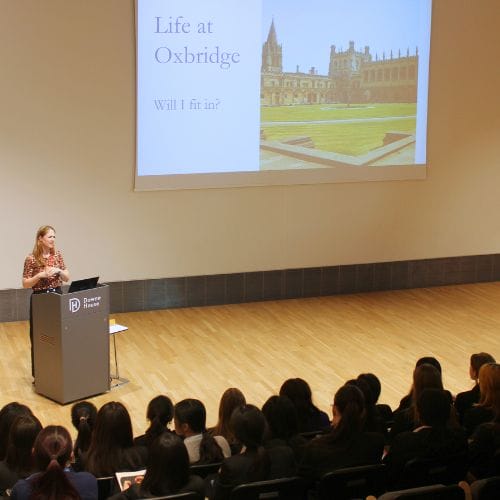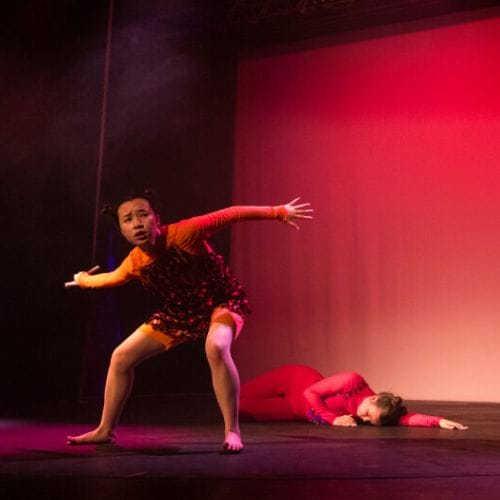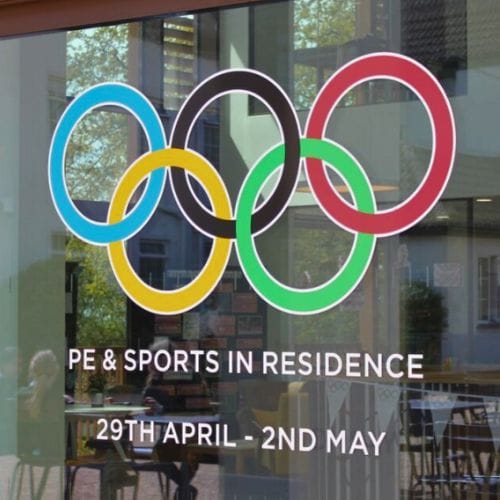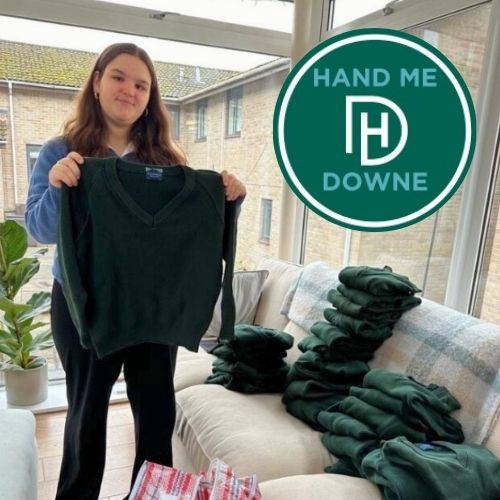
This article was written by Sage from the Lower Fifth (Year 10) as part of the Pioneer, Edition 1. The Pioneer is a magazine packed with lots of exciting and interesting things to do and learn about STEM subjects – Science, Technology, Engineering and Maths; and a little bit about what it’s like to study STEM at Downe House.
Emerging technologies and breakthroughs in the field of bioengineering have proved increasingly exciting over the past few decades. In particular, smart textiles and wearable technologies are becoming more multifunctional and can monitor multiple health parameters. What other prospects can we expect to see in the future and how can these products be applicable in everyday life?
The phenomenon of wearable sensors is not new (like those on smartwatches) however, recently, researchers at Imperial College London have found cheap methods of producing sensors into everyday clothing. Spun from the Imperial-developed cotton conductive thread called PECOTEX, it is compatible with computerised embroidery, making it easier to mass fabricate clothes with seamlessly integrated sensors. Using PECOTEX and a domestic computerised machine, their team can provide numerous potential applications such as facemasks to monitor breathing, a t-shirt for monitoring cardiac activity, and even textile-based gas sensors for monitoring ammonia.
With innovations like these, this research opens new realms of possibilities for what we can do in the future, perhaps even helping to diagnose and monitor treatments of disease, even for our furry friends. Although there currently aren’t many ‘wearable’ options for pets and other animals (due to trackers not being able to monitor any vital signs through fur), a newly developed device comprised of silicone polymers and water combined with acoustic transducers enables high performance real-time monitoring of heart and respiratory patterns over layers of clothing or fur. It is described like a watery, squishy stethoscope as it picks up soundwaves to monitor these systems. This work is especially important as this is the first demonstration of a stretchable sensor that is suitable for use with furry animals and does not require shaving of the animal for data acquisition.
Apart from tracking our heart and respiratory patterns or detecting for harmful gases, prototypes have been made to evaluate progressions, tailor treatments, and improve diagnosis for epilepsy, Parkinson’s disease, and strokes. These neurological conditions are major causes of disability worldwide and the prevalence of these disorders are expected to increase in the future. However, research solely comprises prototype design and evaluation in healthy populations thus far.
The system was designed to allow monitoring of movements and physiological signs to detect and differentiate epileptic seizures, to monitor motor and non-motor fluctuations in Parkinson’s, and to quantify activity and upper limb function in stroke. In this trial, a set of five sensors was attached to the torso, wrists, and ankles while the person was performing common daily tasks. Although still in initial stages of development and evaluation, the garment prototype has potential to be used as a tool to monitor these significant fluctuations, activity levels and seizures.
Further iterations with a focus on garment design, algorithm development and exploring the implementation of blood pressure and heart-rate variability monitors in the targeted neurological conditions will hopefully take place soon.
Continuous monitoring and assessment of medical conditions by using smart garment technology is still relatively recent and the usefulness of in clinical practice is largely unknown. Despite this, a project of multidisciplinary collaboration with experts from medical, engineering, textile, and materials science will no doubt flourish in the future and provide creative initiatives to improve the lives of people.
Read more from our Downe House pupils...
Tours & Open Mornings
The best way to find out more about Downe House is to experience it for yourself. Book a personal tour or join us at one of our Open Mornings, available throughout the year.
Discover











